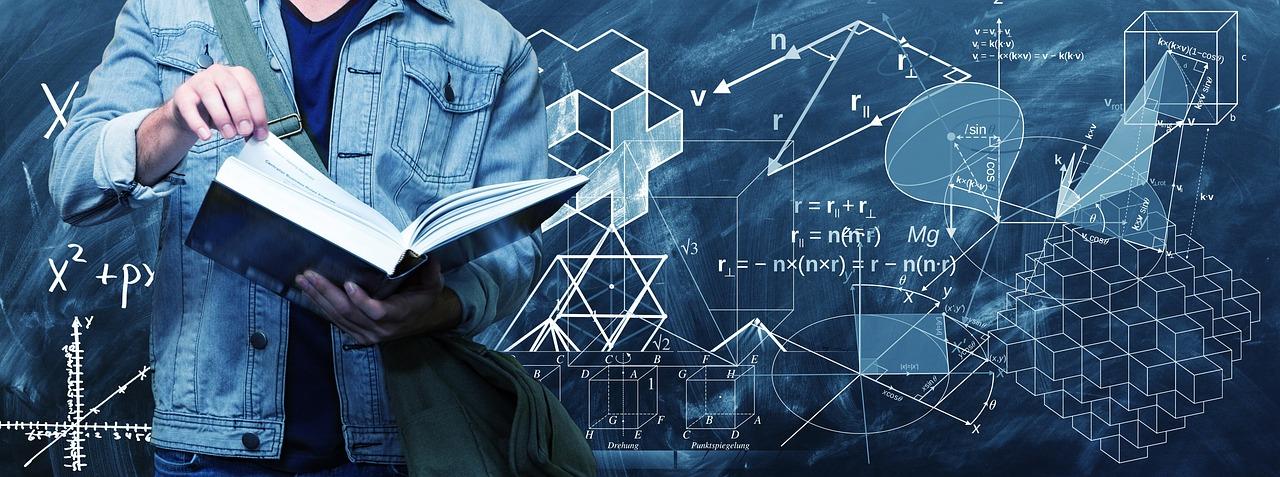
Angles in Navigation
by Karen Larsen
This lesson is an activity to see what an angle is and how is can be used to approximate the time of day or even navigating vessels by measuring other celestial bodies. Students will use sextants to measure the angle of the sun and approximate the time of day by drawing triangles on a graphs using the horizon as the x axis.
Lesson Plan Link/URL
https://docs.google.com/presentation/d/1P5NsXkisqJ6zcbCfOrudtRaodGG7COXQ/edit?u…Subject Area
Science Physical Science P2: Objects at a Distance Earth and Space Science E2: Earth & the Universe Technology 1. Empowered Learner 5. Computational Thinker Mathematics Measurement and Data (MD) Geometry (G) Ratio and Proportion (RP) Algebra (A) Reasoning with Functions and Relations (RFR)Related Content

Grades:
7th Grade, 8th Grade, 9th Grade, 10th Grade, 11th Grade, 12th Grade
The purpose of this lesson is to introduce and apply the concept of frequency. Students will begin by a motivating “click the mouse” challenge. This will help them to develop the concept of frequency

Grades:
6th Grade, 7th Grade, 8th Grade, 9th Grade, 10th Grade, 11th Grade, 12th Grade
This lesson is designed to encourage students to explore their interests and pursue their passions while diving into the world of STEM. This lesson takes place in a classroom for one semester. 1 hour

Grades:
7th Grade, 8th Grade, 9th Grade, 10th Grade, 11th Grade, 12th Grade
This engaging lesson is an introductory lesson regarding the size and scale of the Universe and objects within. This was designed for high school Astronomy but is easily useable with ages down through